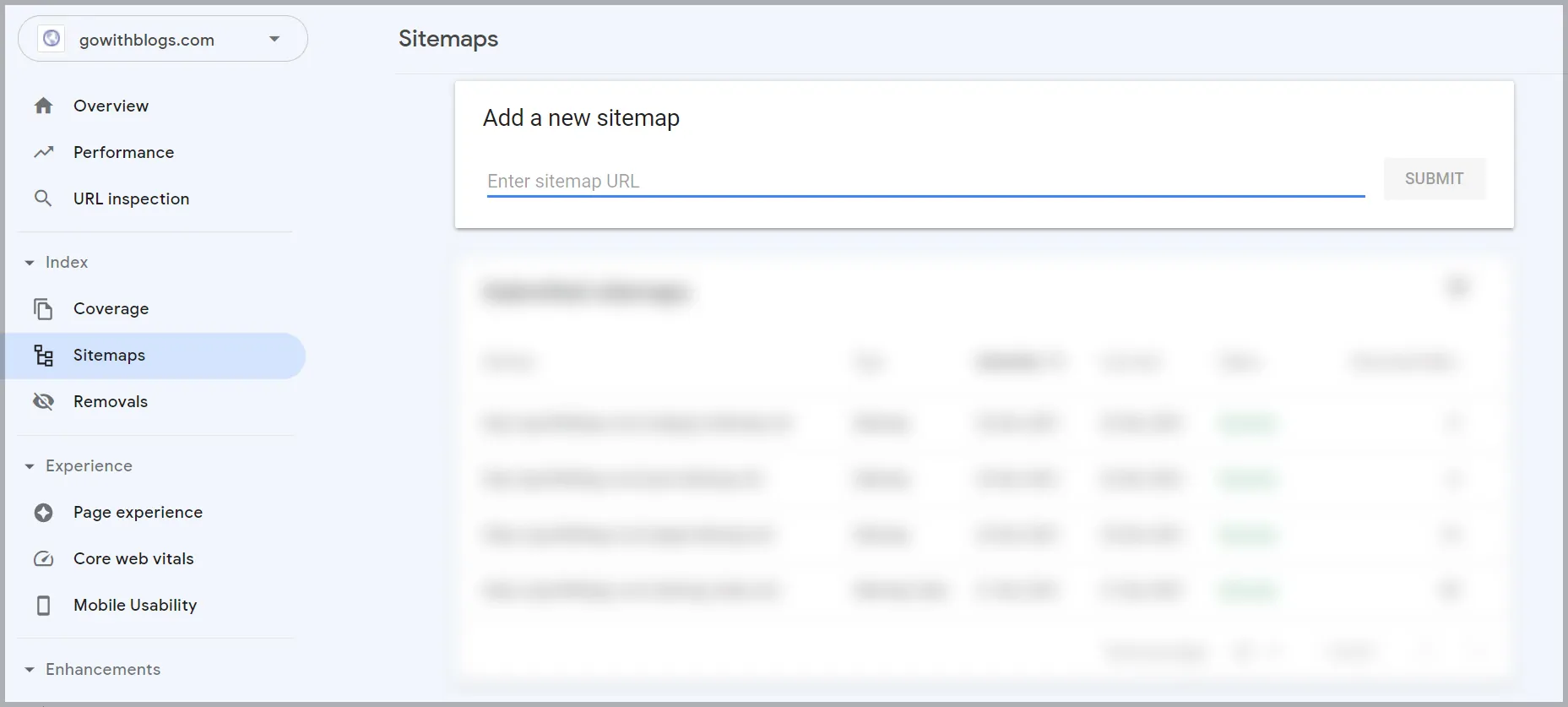If you are looking to rank your website on search engines then you need to generate the WordPress sitemap for your website and submit this on the Google search console(GSC).
How does the sitemap work?
Sitemaps were first introduced by Google in 2005 and are also known as URL Inclusion Protocols. The sitemap uses an XML format extension like sitemap index.xml or HTML sitemap.
It provides your website data to the search engines like google or Bing in the required structure so, it’s very easy for search engine bots to index that data i.e pages, posts, archives, products, authors etc. Now the next question would be
How to create the sitemap for wordpress websites?
To create a sitemap on wordpress website, we need to install one of the SEO plugins i.e Yoast SEO Plugin, Rank Math SEO Plugin, All in One SEO Plugin on your website. There are some other plugins that you can also use for this purpose.
One thing to keep in mind, you don’t need to install all of these plugins, infact, installing one of these plugins will work for you. Tip: you can then use the installed plugin for on-page SEO of your pages.
You might be wondering, what exactly is the plugin I should use?
According to me, Yoast SEO Plugin is one of the best to use for technical SEO and on page SEO optimization. You can use this plugin or alternatively use the other plugins which are also very competitive. For your information, WordPress also generates XML sitemaps for your website.
After installation of the plugin, do some necessary settings for that plugin. Now you are ready to see the sitemap for the index page.
How to verify the XML sitemap for your wordpress website?
Add the sitmap.xml extension to your wordpress website URL i.e it will be something like that, www.yoursite.com/sitemap.xml. Browse this i.e google chrome, it’ll display results like this
So, we have successfully created the XML sitemap, the pages, posts will be included in your sitemap. You can also change settings (to include/not include in your sitemap) for categories, tags, post types, archives in your SEO plugin. The next thing is to add this sitemap on GSC.
How to submit a sitemap XML on GSC?
Open GSC, you will find the features tab named ‘Sitemaps’ in the left sidebar panel. Open this tab, you will see something like this
Go to ‘add a new sitemap’ and paste your own wordpress site URL like www.yoursite.com/sitemap.xml and press submit. This will submit your sitemap XML below with the status as ‘success’ in showing in green.
It may show an ‘error’ while submitting your URL for the first time but refreshing your browser or waiting for some time will change the status to ‘success’ and it means you have successfully added the XML sitemap in GSC. Welldone!
What are the benefits of XML sitemap?
-
-
- Improves website SEO
- Helps in ranking or indexing your website, domain and pages
- Give engines the priority to crawl
- Helps the google or Bing and other search engines to understand your website structure
- Gives you an information from Google Webmaster Central
-
For websites other than WordPress, you can use XML Sitemap Generator to generate your website’s sitemap. This is good for very small websites where data is not often uploaded. After generating your website XML sitemap, download the file, upload to your root directory i.e www.yoursite.com/sitemap.xml.
For your information, this tool XML Sitemap Generator is limited as you can only add five hundred pages.
What are the differences between sitemap.xml and robots.txt?
Sitemap.xml is used for URL Inclusion Protocols. It provides the search engines the direct path and offers quick indexing for all your website pages. Robots.txt is used for URL Exclusion Protocols and tells search engines what pages to crawl and what not to crawl.
Click this link to learn more about the Google News sitemap internal linking and submit it on GSC. Read more on SEO Optimization.






